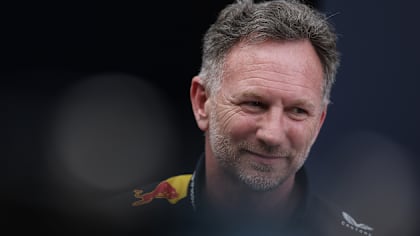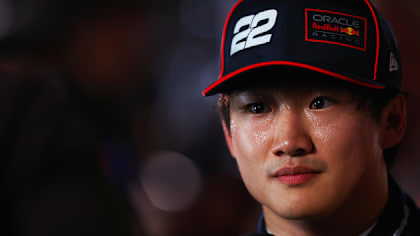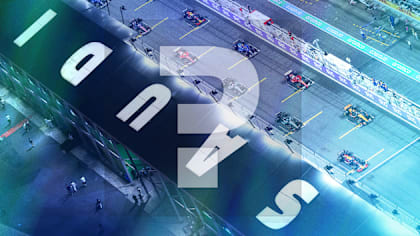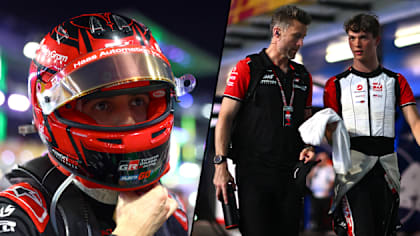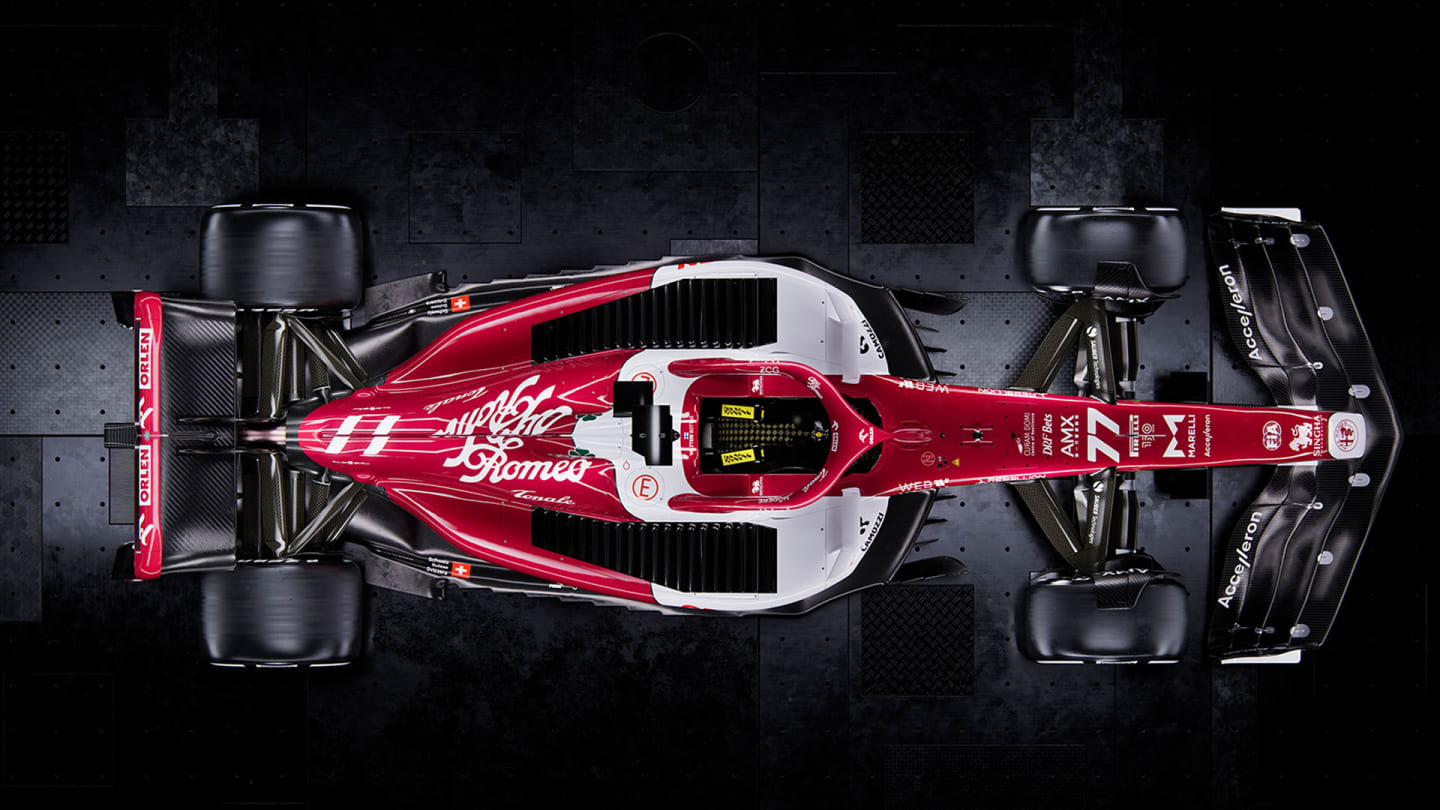
Technical
ANALYSIS: Why Alfa Romeo have gone bold with innovative C42 design

Share

Although Alfa Romeo’s C42 already completed F1 pre-season running over three days at Barcelona last week, it did so in camouflage livery which at its official launch today was replaced by an updated variation on Alfa’s traditional red and white colours.
They give a clearer impression of the car’s elegant lines and its relatively short wheelbase, within which notable design features include:
• A quite sophisticated front wing
• A push-rod rear suspension (like Red Bull, AlphaTauri and McLaren) and an unusual geometry of its front push-rod layout
• Similar packaging of the Ferrari cooling system, as seen on the Ferrari itself (and the Haas), giving sidepods which are fat but heavily undercut at the front, with heavily louvred sidepod tops
READ MORE: Alfa Romeo unveil bold new livery for 2022
Short wheelbase
The 2022 regulations stipulate a wheelbase length of between 3460-3600mm. Everyone but Alfa is towards or at the upper end of this, as packaging of the power unit and their cooling systems is very demanding. But Alfa has managed to package everything into a wheelbase of just over 3500mm, making it easier to bring the car down to the regulation minimum weight.
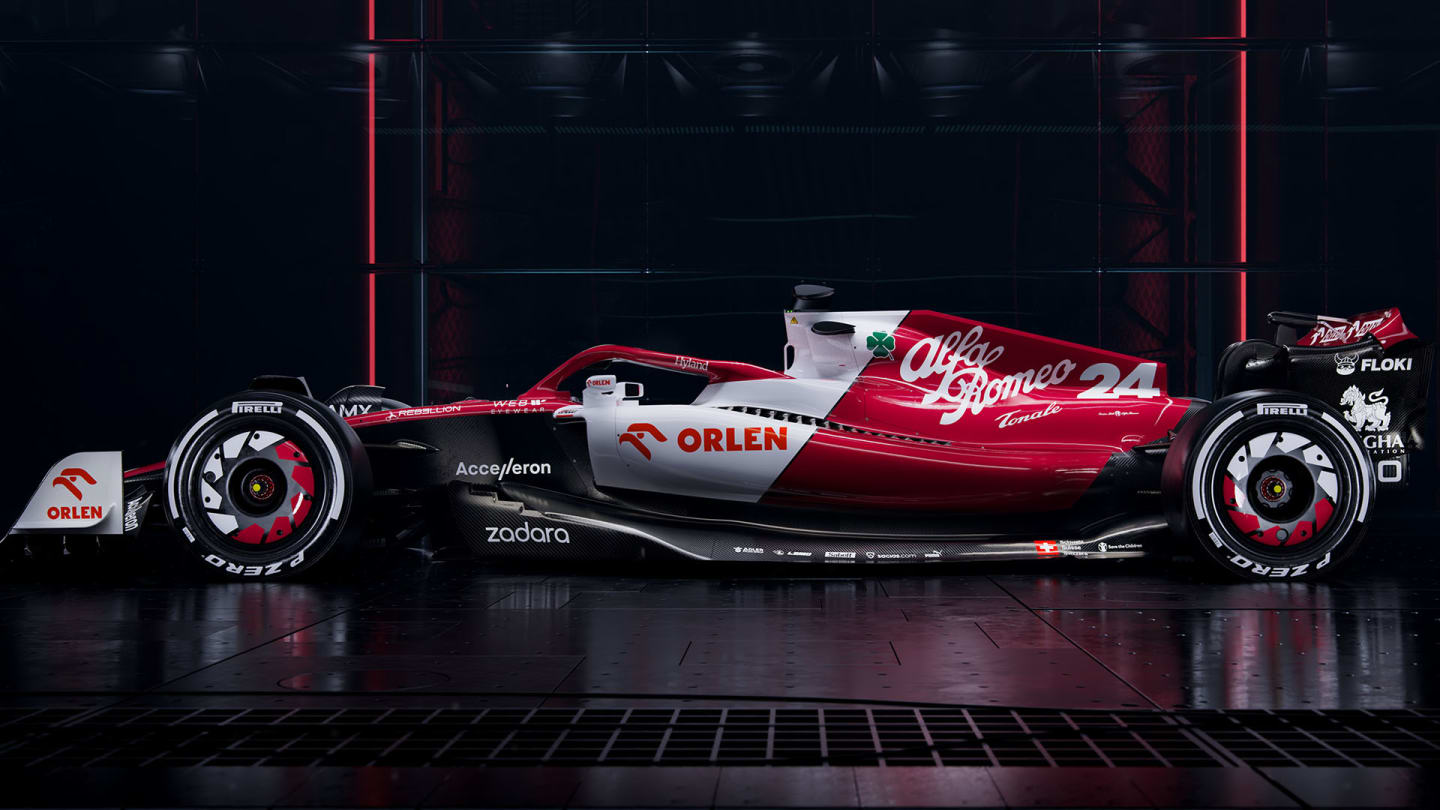
Alfa have opted for a short wheelbase
Unusual front wing
The front wing continues the team’s tradition of the elements falling away heavily at the outboard ends to encourage outwash around the tyre. It is unusual in how heavily the lower edge of the wing is contoured, making for quite a wavy line with the ground.
These curves reflect how the wing elements across the span of the wing are separated into three quite distinct sections:
-
Around the nose, where the elements are quite full and heavily cambered up to the flap adjusters. The nose and central section of the wing are positioned quite high – not as extreme as on the Aston Martin but higher than most. This is prioritising airflow to the underfloor. The nose tip sits within a small drop-down extension of the lowest of the four elements, creating a slot there which will condition the airflow to the shaped underside of the nose, accelerating it towards the venturi tunnel inlets. There is a complex contouring of the four elements relative to each other in this inboard section as they manipulate the airflow between them, despite regulations which limit the overlap allowed between each element, and therefore their effectiveness.
-
The central section of the elements, from the flap adjusters to around level with the tyre’s inner face, are medium-cambered.
-
The outboard flaps which reduce dramatically in profile and are ramped steeply down, carrying very little camber.
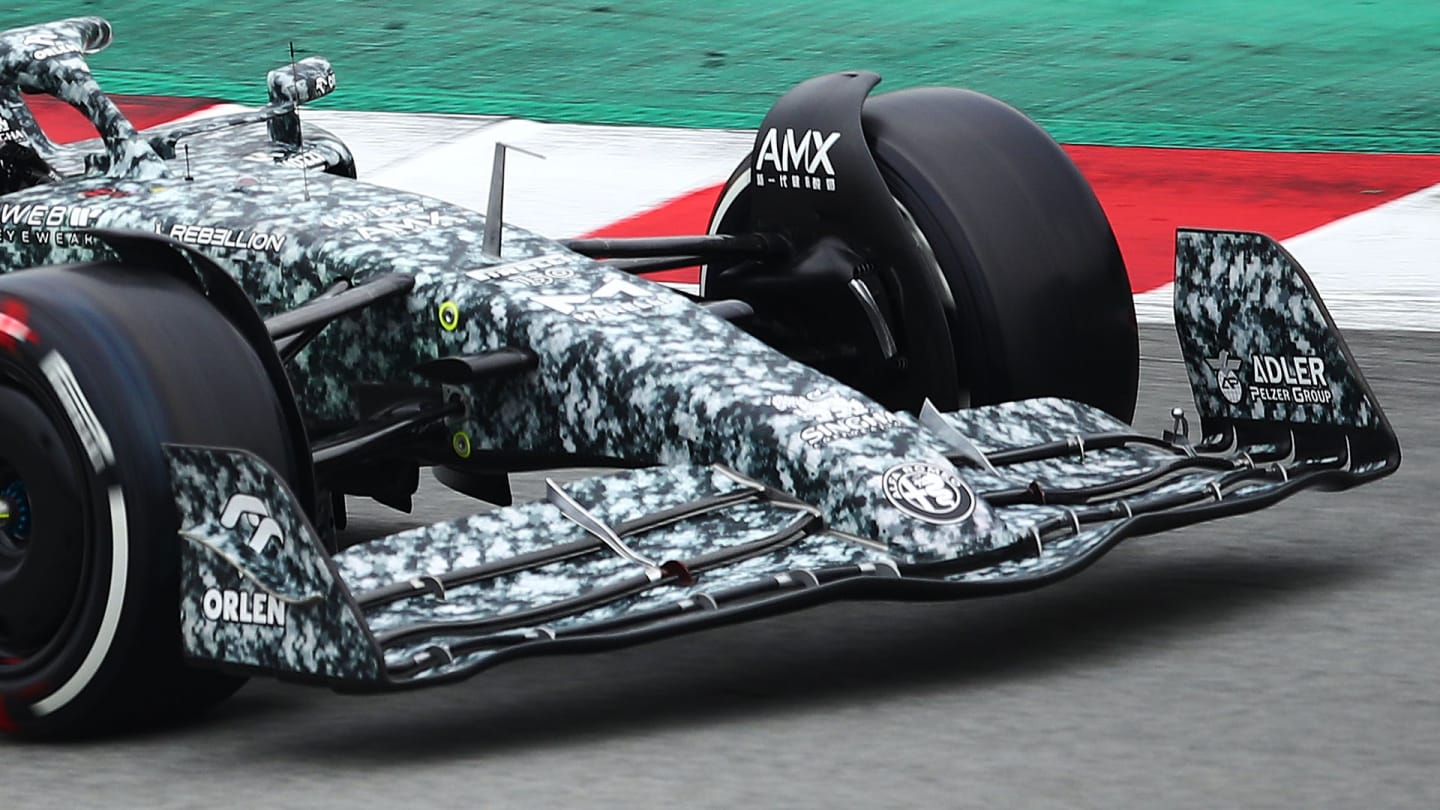
The outboard flaps fall away sharply on the C42's front wing, while the lower edge is unusually contoured
A wing creates downforce by the pressure difference induced over its upper and lower surfaces. The aerofoil shape creates a low pressure beneath, which the air rushes to fill, and a high pressure on top. This pressure difference creates the downward force.
As the elements on the Alfa’s wing become less aggressively shaped from inboard to outboard, so the downforce they create can be tuned with the shape of the lower edge relative to the ground.
The closer to the ground, the lower the air pressure on the wing’s underside will be and the harder the elements will work. As the elements are reducing in how aggressive their upper contours are, so the bottom edge of the wing is closer to the ground, giving a compensating effect.
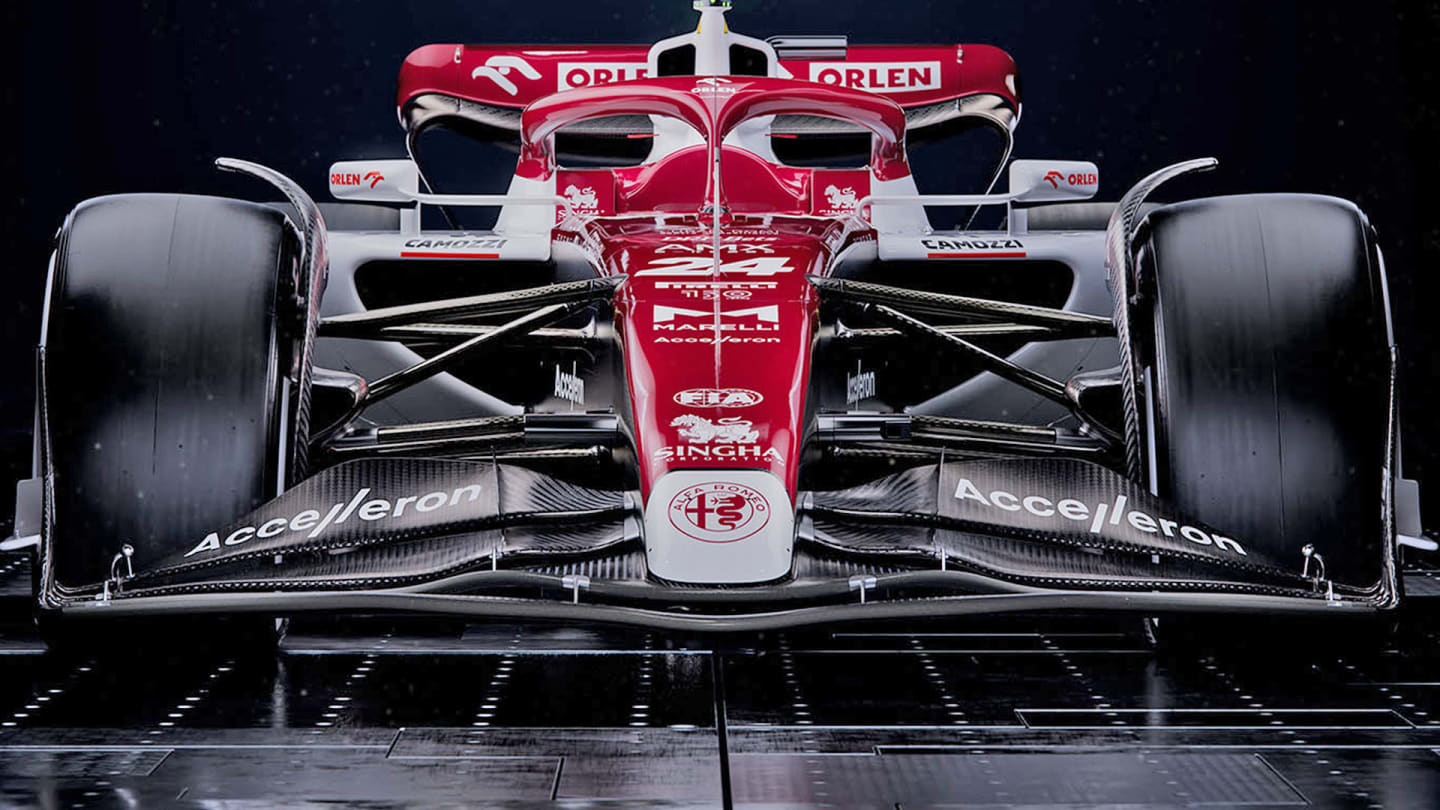
A closer look at the C42's front wing and fat sidepods
Extreme anti-dive suspension
Although the C42’s front suspension retains a conventional push-rod operation of the inboard rockers, the geometry is quite extreme. The top wishbone’s front leg is mounted high, the rear leg much lower.
This will give a big resistance to dive when the car brakes, thereby keeping the aerodynamic platform of the car more stable. The venturi channels below the 2022 generation of cars dominate almost every aspect of car design, and keeping them fed with air throughout all the different states the car will see in roll, pitch and dive is crucial.
ANALYSIS: Why some teams have been forced into makeshift floor modifications in Barcelona
Alfa’s Jan Moncheaux-led technical team has opted to prioritise keeping the car as level as possible under braking to retain as much of the ground effect induced by the tunnels as possible.
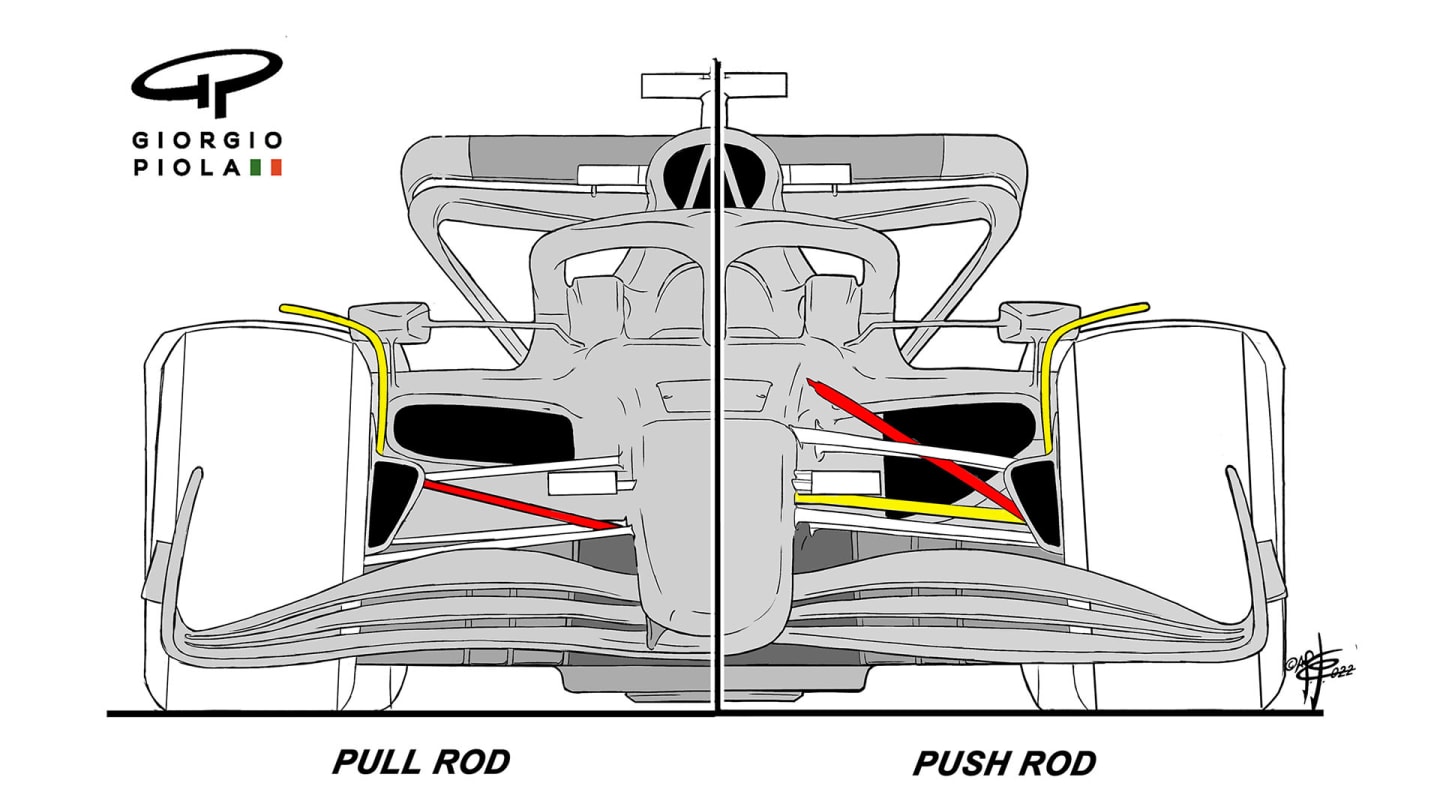
A look at pull- and push-rod suspension
Sidepod
The radiator arrangement for water, oil and intercooler on the new Ferrari power unit looks much the same as on the Ferrari and Haas, with a relatively small airbox inlet, a concentration of area into the front of the sidepod, giving a wide front but a teardrop shape in plan-view. Because of the shorter wheelbase, that teardrop stays fat at the front for longer.
While the teardrop shape helps accelerate the overbody airflow as it travels to the back of the car, it reduces the space available for cooling exits. Hence the facility for a lot of louvred cooling on the upper face of the sidepods – and hence also the big radiator inlets at the front of the pods.
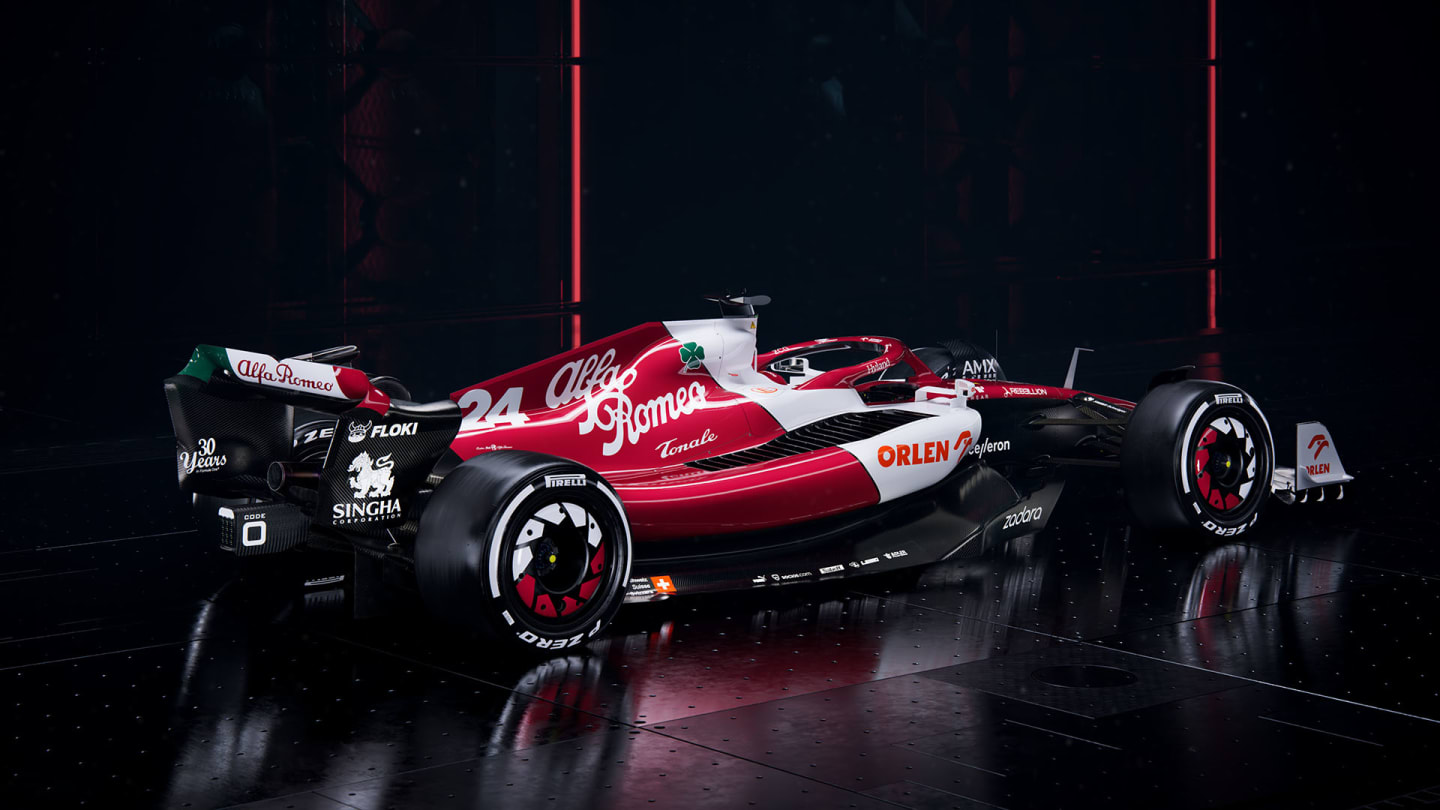
The Alfa Romeo features louvres on the upper face of the sidepods
At Barcelona, the car suffered more than most with the porpoising problems encountered up and down the field, and this had run-on implications for its reliability. So as yet, we haven’t seen what the C42’s real potential might be. But it certainly shows the technical team there has not been afraid to innovate.
More technical analysis on 2022 car launches
- ANALYSIS: The fascinating design features – and Red Bull cues – on AlphaTauri’s AT03
- ANALYSIS: Williams forge their own path with FW44 design
- Massive variation and ingenious solutions – What we learned from the first week of 2022 launches
- ANALYSIS: The key feature on the MCL36 that McLaren are hoping will give them an edge on rivals
- ANALYSIS: The intriguing design features on Aston Martin’s new AMR22
- ANALYSIS: What Haas’ VF-22 can teach us about how teams have approached the 2022 regulations
YOU MIGHT ALSO LIKE
News Horner hails ‘most competitive race to date’ for Red Bull as he insists 'we were quicker' than McLaren in Jeddah
News Tsunoda labels collision with Gasly ‘a great shame’ after Red Bull racer misses out on vital learning in Saudi Arabian GP
FeatureF1 Unlocked THIS WEEK IN F1: 10 tough quiz questions on the Saudi Arabian Grand Prix
News Ocon admits Haas struggled with ‘quite a few things’ in Saudi Arabia while Bearman takes positives from first triple header

